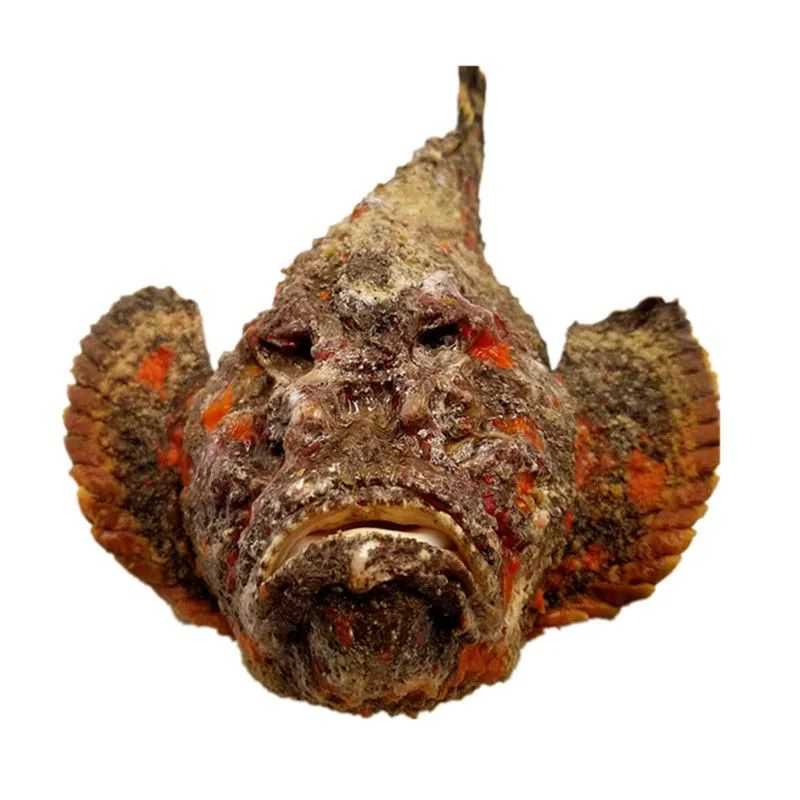
Among the ocean’s most formidable and venomous inhabitants, the stonefish (Synanceia verrucosa) and the lionfish (Pterois volitans), often referred to as the "lady fish" and "gentleman fish" respectively, pose significant threats to marine life and humans alike. These species, renowned for their potent toxins and striking appearances, dominate coastal ecosystems with their lethal defensive mechanisms.
The stonefish, Synanceia verrucosa, is a master of camouflage, blending seamlessly into rocky seabeds and coral reefs with its mottled, brownish - grey body. Its spines, located along the dorsal fin, conceal venom glands capable of delivering an excruciatingly painful sting—widely regarded as one of the most agonizing sensations inflicted by any marine creature. When stepped on or disturbed, the stonefish’s dorsal spines penetrate the skin, injecting a neurotoxin that can cause intense swelling, tissue necrosis, and, in severe cases, paralysis and death if left untreated. This stealthy predator lies in wait for prey, using its sudden, powerful suction to engulf small fish and crustaceans that venture too close.
In contrast, the lionfish, Pterois volitans, is characterized by its flamboyant appearance, with long, flowing pectoral fins and vibrant stripes of red, white, and black. Despite its striking beauty, it is one of the most venomous fish in the world. The dorsal, pelvic, and anal fins of the lionfish are lined with venomous spines. When threatened, it erects these spines to release a potent venom that can cause nausea, vomiting, dizziness, and even cardiac arrest in humans. Native to the Indo - Pacific region but now an invasive species in the Atlantic Ocean, the lionfish has few natural predators in its new habitat, allowing its population to explode and disrupt local ecosystems by preying on native fish and invertebrates.
Both the stonefish and the lionfish serve as a reminder of the ocean’s dual nature—simultaneously captivating and perilous. While they play crucial roles in their native ecosystems as apex predators, the lionfish’s invasive status has led to extensive conservation efforts aimed at controlling its population and protecting vulnerable marine habitats. For humans, awareness of their habitats and behaviors, along with precautions such as wearing protective footwear in shallow waters, is essential to avoid encounters with these venomous creatures. Understanding and managing these species is key to preserving the delicate balance of marine ecosystems and ensuring human safety in coastal environments.





